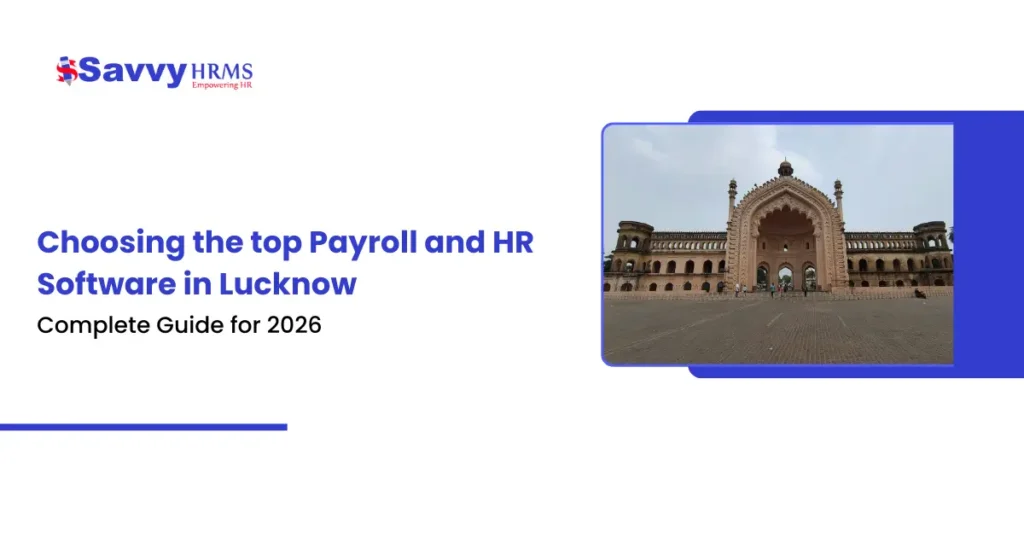Today, when the world is moving at a very fast pace. Here is a Medical Allowance, one of the most common, still valuable employee benefits. Be it an employee trying to understand his salary breakup. Or an HR professional trying to curate competitive packages. Understanding what it actually means & how it really works becomes vital for everyone.
What is this, how it works, and why is it important for employees and employers alike?
What is Medical Allowance?
Medical Allowance is a fixed payment that the employer makes to the employee. As a portion of the entire salary to take care of medical expenses. It is generally provided on a monthly basis. And is subject to income taxation unless bills are proving it. Converted into Medical Reimbursement.
Although not mandatory, most companies offer this allowance to show care. And concerns about their employees’ health. It is used to reimburse the costs that are commonly incurred. In routine health matters such as doctor visits, medicines, and minor treatments.
How Does Medical Allowance Work?
It usually has to form part of the Cost to Company (CTC). And is usually about ₹1,250-₹1,500 per month. Depending on the company’s policy. Against actual bills and not as an allowance with a fixed monthly amount.
Some organisations have medical insurance; others provide both. This usually depends on the organisation’s financial capability. Policies regarding employee benefits or programs, etc.
Differentiating Between Medical Allowance and Medical Reimbursement
While the terms medical allowance & reimbursement are often used in the same breath. There exists a slender difference between them.
What is This?
It is paid at a fixed amount, whether or not there are incurred. And is considered a part of taxable income.
Medical Reimbursement
Reimbursement only occurs where an employee presents medical bills. And up to ₹15,000 within a financial year, old tax regime exemptions may even apply.
Notwithstanding the tax effect of these definitions. Employees are empowered to make fewer or better plans that suit them. And these definitions provide HR departments with much more flexibility.
Medical Allowance Structure in Salary Configuration
A well-organized salary configuration helps employees understand their earnings structure. Medical Allowance normally comes within the flexible benefits or allowances sector in CTC. The HR department must mention such a separation in the offer letter or payslip clearly. On how to maximize tax savings if offered allowances and reimbursements.
The inclusion of many companies in this process within their HRMS. Automatic tracking and better record-keeping will greatly facilitate smooth implementation.
The Medical Allowance and Employee Wellness Programs
Modern organizations extend medical allowance within the purview of overall wellness. It is true that medical insurance caters to large or emergency health expenses. A monthly or annual medical allowance assists members. In meeting some daily health-related costs. Thus, together with employee wellness programs. This advertises the positive idea of regular health checkups. Preventive care and even mental health consultations.
It has a further impact on creating a happier, healthier individual employee. Thereby, productive output. Many organizations transform their HR management principles concerning wellness benefits. Such as health allowances, reimbursement for fitness-related expenses, and mental health.
Is the Medical Allowance Mandatory?
Not mandatory under Indian labour law. As well as a competitive edge for attracting and acquiring talent. It is also seen as though this adds to workplace wellness programs. These are very catchy among present-day HR practitioners.
HR Best Practices
Thus, the HR department should:
- Clearly define the nature of the Benefit: allowance or reimbursement.
- Inform employees about tax implications.
- Integrate electronic systems with HRMS to manage claims.
Thus, organizations will demonstrate concern over employees’ well-being. With the additional assurance of compliance and clarity.
Conclusion
Medical allowance is uncomplicated yet effective. Whether dispensed as a cash monthly paycheck or as a reimbursement. It clearly depicts the commitment of the organization towards its people. For the employees, it provides health benefits, and even creates a tax benefit at times, if they know how to claim it. For HR, it serves the value-addition of engagement, retention, and overall satisfaction.
FAQs
- Is medical allowance eligible under the amended tax regime?
No, the new tax regime does not provide for any exemptions. Including that of medical reimbursement.
- Do I have to submit bills for the medical allowance?
Only if the allowance is in the nature of reimbursement. Otherwise, it is fully taxable.
- What are the typical benefits?
Most companies dispense a medical allowance of about ₹15,000 or ₹1,250/month, but it may differ.
- Can freelancers and gig workers claim these benefits?
Typically, they cannot unless it is mentioned in their contract or agreement.



